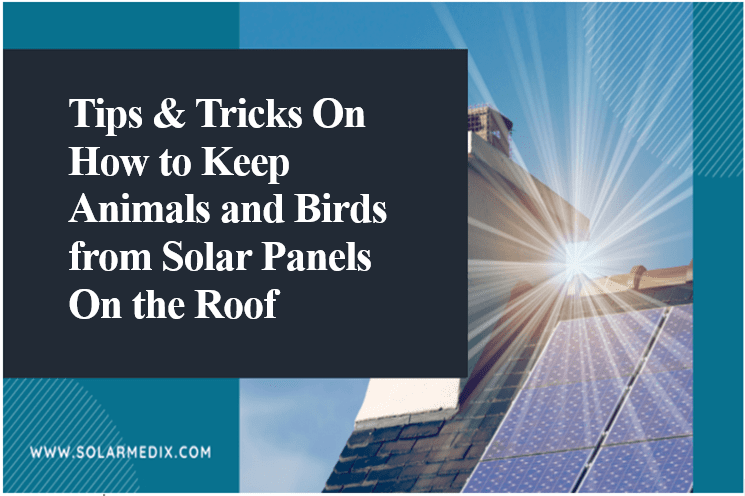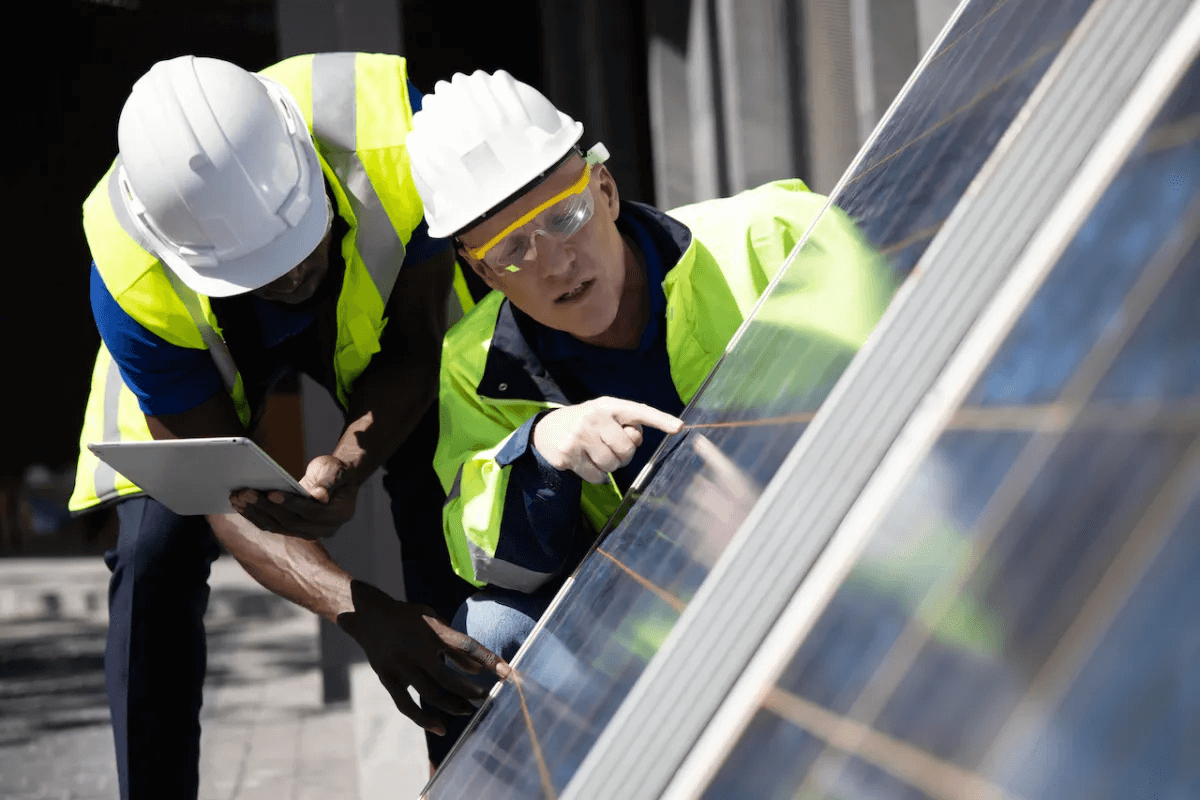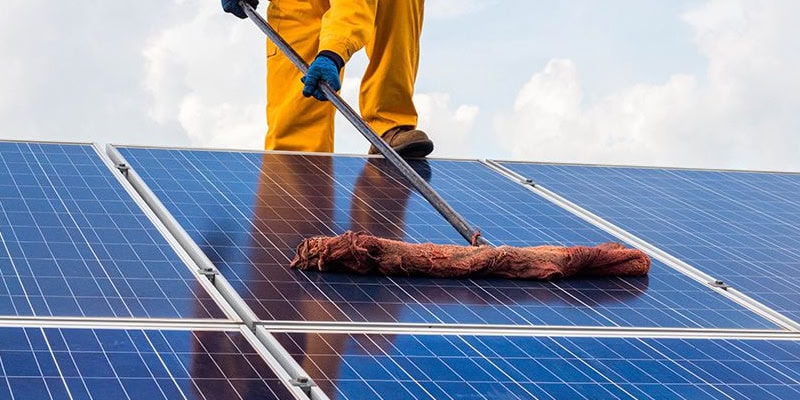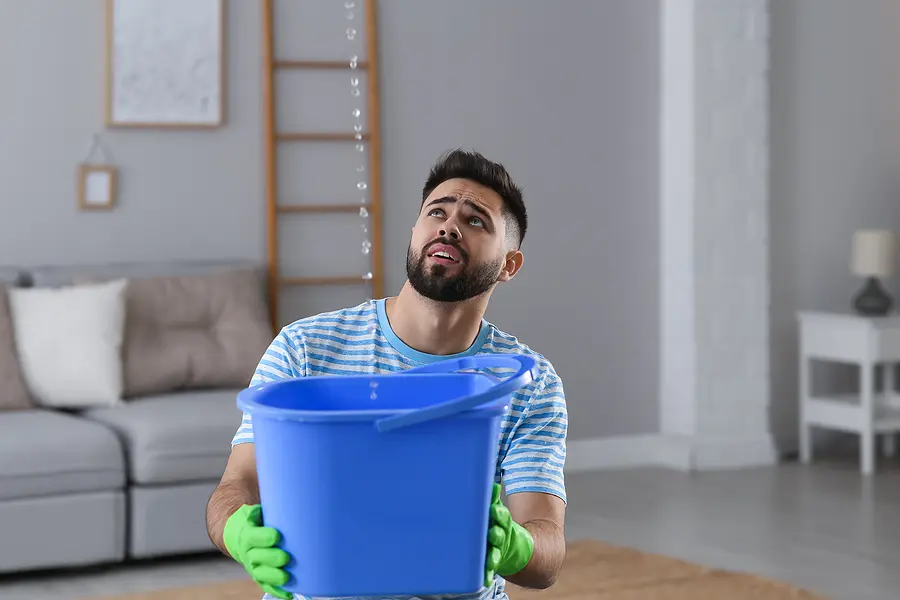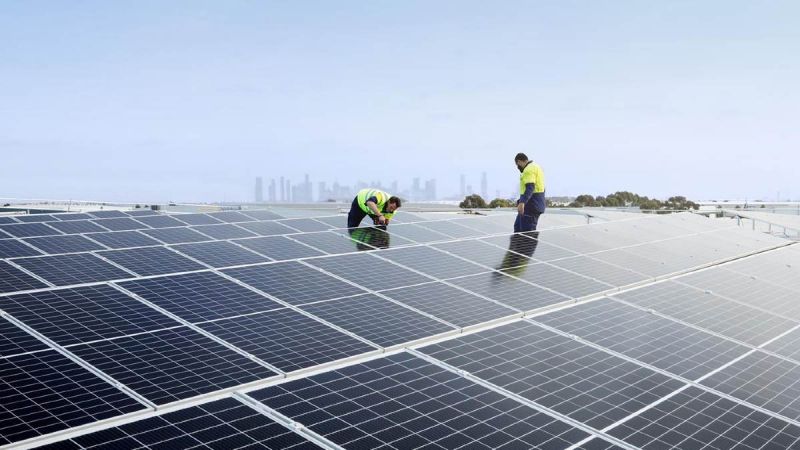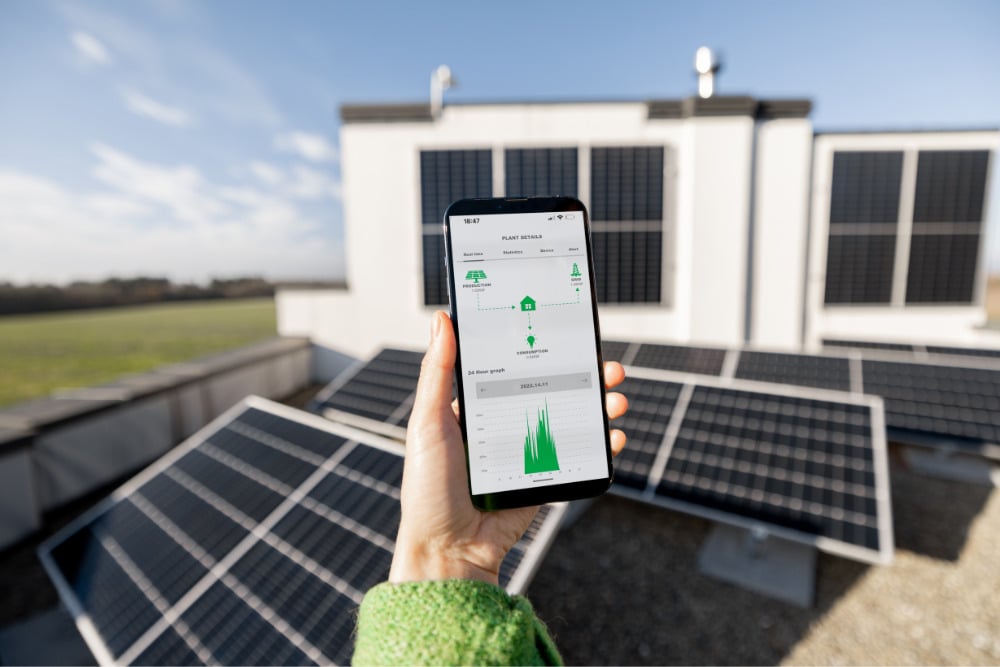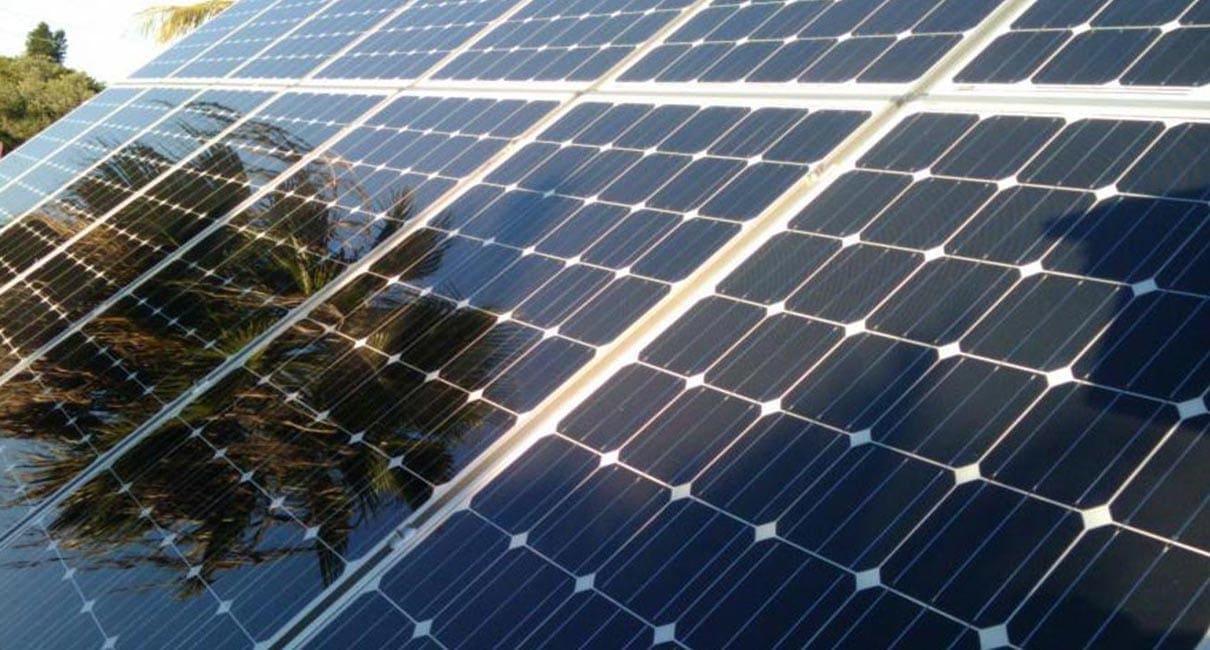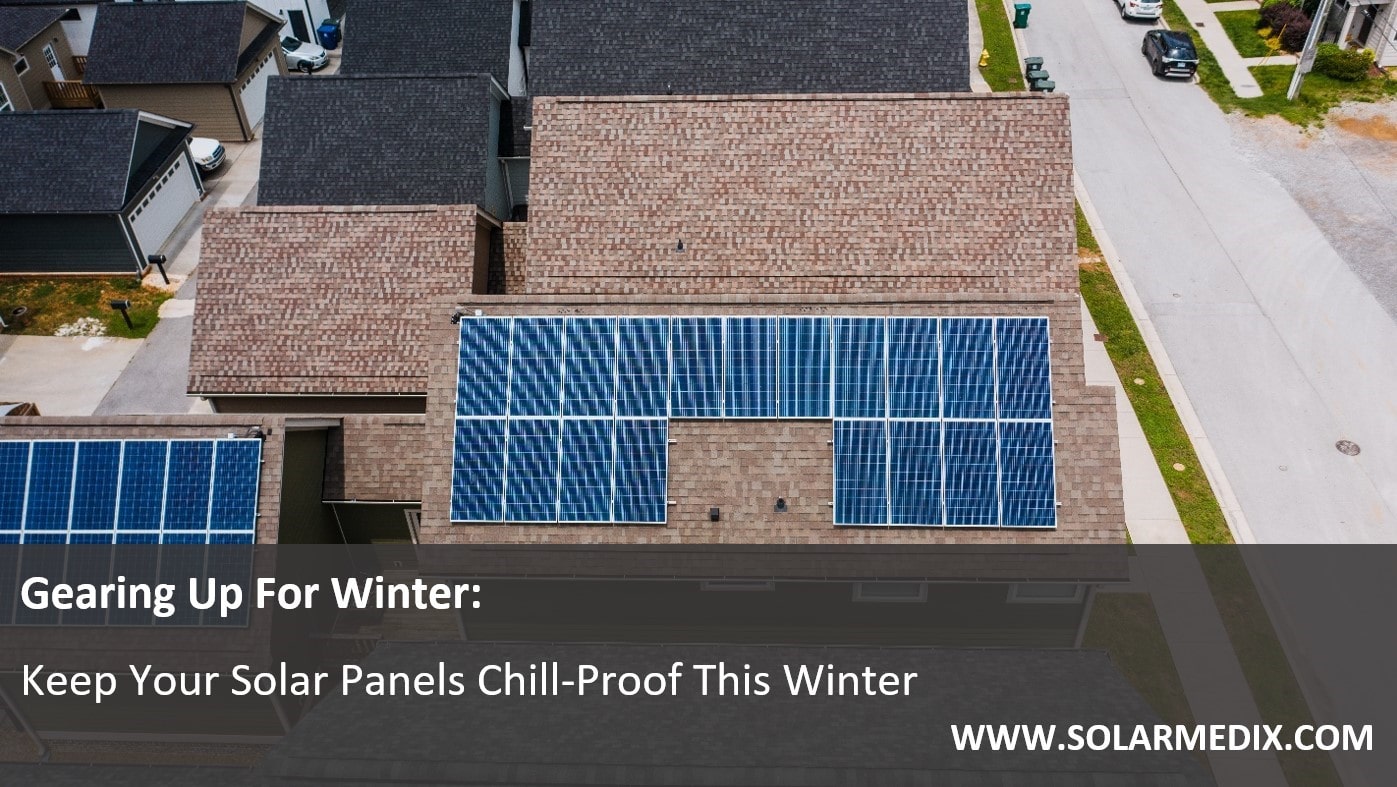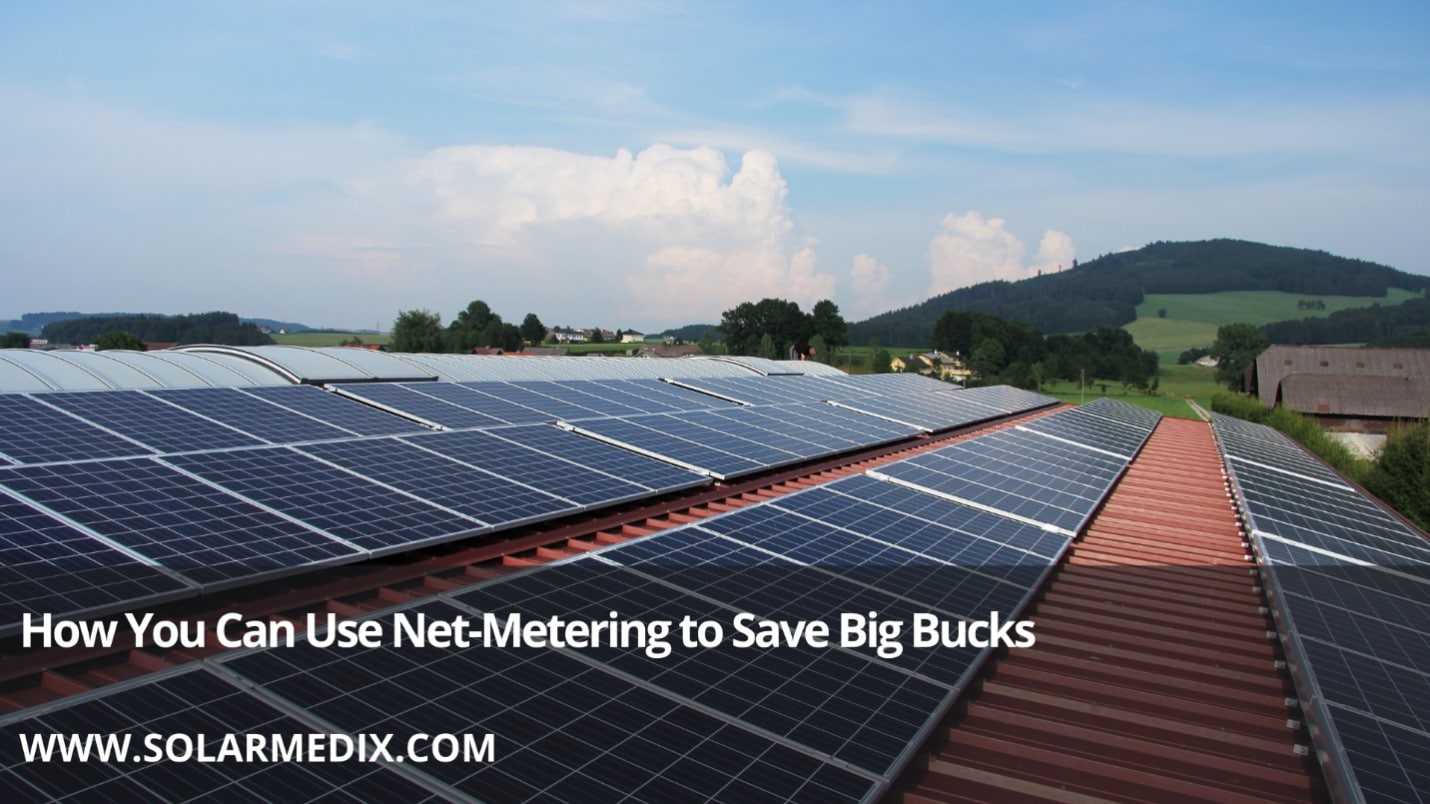One of the most distressing problems rooftop solar owners face is the annoying mess that birds and animals create atop and below their rooftop solar panels. As such, solar owners often have this itching question as to how to keep animals and birds from solar panels on the roof. This article will take you through the 5 necessary animal- and bird-proofing measures you can take to attain a bird- and animal-free roof and system.
Why Do Animals and Birds Nest Under Rooftop Solar Panels?
The space between your solar panels and the roof surface beneath it may seem minor to you, but it is an ideal space, in terms of location and size, for small animals and birds to nest. The solar panels atop this small gap provide excellent shelter for birds and animals against harsh weather elements and other predators that might target their younglings.
Additionally, the warmth of the solar panels can create a toasty and comfortable environment for birds and animals during chilly winters. What makes this space even more favorable is that the opening to this space is not big enough to allow large predators, such as eagles and cats, to invade the home of any animal or bird that nests here, which is a threat they face when nesting on trees. This makes this an ideal location for animals and birds to raise their younglings.
How to Keep Animals and Birds from Solar Panels on the Roof
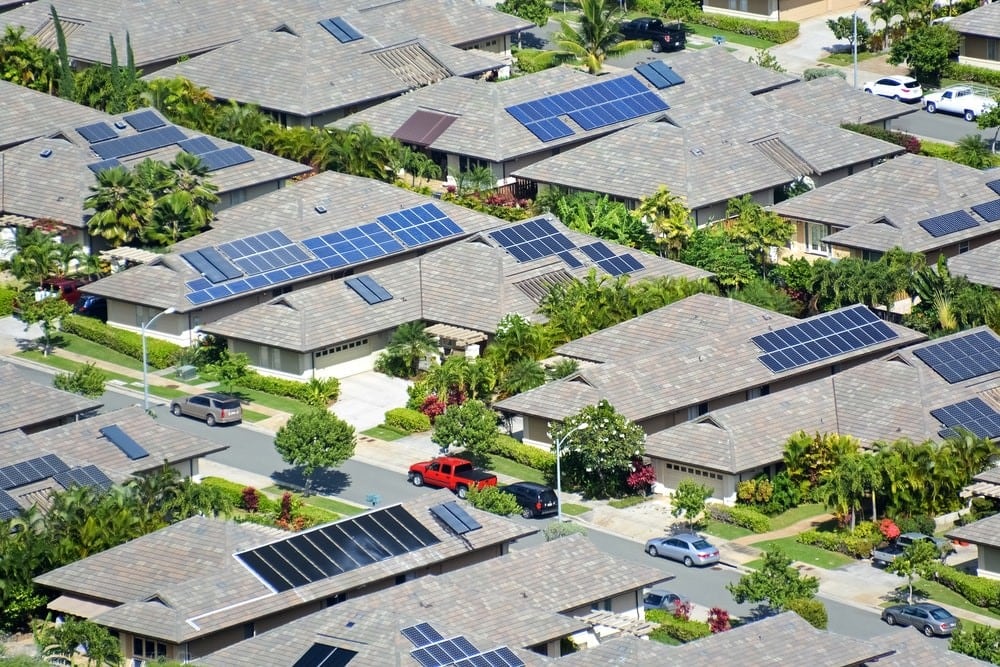
When it comes to animal and bird-proofing your rooftop solar panels, you have a variety of options to go with. However, keep in mind that not each strategy would be suitable for every home. Therefore, ask around or look at what other homeowners in your neighborhood are doing to keep animals and birds away from their solar panels.
Install Wire Mesh
The space beneath your rooftop solar panels can serve as an ideal nesting place for birds and animals due to the reasons explained above. Keeping this in mind, one of the most effective animal and bird proofing measures that one can take is to seal off the entry to this space, thereby preventing animals and birds from accessing it.
Wire mesh is one of the most practical means of bird-proofing rooftop solar panel systems. It is usually a metal meshing that clamps directly to the solar panels and runs around the borders of the entire system, thereby sealing off the region beneath your solar panels.
Technically speaking, wire mesh does not completely seal off the spacing beneath your system. The small openings in the mesh allow for air to pass through, in doing so, keeping that crucial airflow maintained, which prevents your system from overheating. However, the mesh openings aren’t sizeable enough to allow animals or birds to access the space.
While wire mesh is by no means an expensive option, if you’re searching for an even more budget-friendly means, bird netting will serve the same job, albeit with marginally dialed down weather resistance.
Whichever option you go with, you can rest assured that it won’t impact your system’s performance or the structural integrity of your roof. Wire mesh and netting are both low profile and decent looking; they might even compliment your system’s aesthetics.
Install Roof Spikes
Roof spikes take an entirely different approach to keeping birds and animals from nesting under your solar panels. As the name implies, this method works by installing rows of metal spikes on your roof. The spikes make it uncomfortable for birds or animals to roam around or even land on your roof. Because of this, many people often regard roof spikes as a slightly aggressive option for deterring animals and birds.
Roof spikes are excellent at keeping away unwanted roof visitors, even more so when paired with wire mesh or netting. On the downside, roof spikes look hideous and can louse up your home’s entire look, which is why it is a no-go option for people who are extremely conscious about the way their homes look.
Secondly, roof spikes make it dangerous for the homeowner to climb onto their roof due to the risk of getting injured by the thin metal spikes. This could potentially make solar panel cleaning and other roof-related activities quite challenging for the homeowner and for the other household members.
Invest in Plastic Predators
This approach may sound dated, but it has a proven track record testifying to its effectiveness for the job. Placing a fake owl or an eagle on the roof with a head that can swivel in the breeze can serve as a compelling deterrent for birds and animals.
If you can stretch your animal and bird proofing budget slightly, an even better choice would be to opt for automated predators. They can mimic a few real-life movements such as turning their heads and, therefore, would be even more effective in convincing birds and animals that they’re the real deal. Again pairing plastic or automated predators with other measures would grant you a more comprehensive proofing strategy.
The main drawback to this strategy is that birds and squirrels can occasionally figure out that the plastic predators aren’t real.
To avoid these situations, it’s advisable to change the position of the fake predator from time to time. If you keep it in the same spot for an extended period of time, the birds will eventually be able to make sense of the situation.
Ensure Your Yard and Garden Are Clean
A dirty and unkempt garden is a food haven for birds and animals. The trash lying around in your garden and the worms and insects that grow in it are primary food sources for birds. This means that an untidy garden has a high chance of attracting birds around the neighborhood.
Making matters worse is the fact that birds have a habit of picking up their food and taking it to the nearest elevated surface they can find in order to feed on it without falling prey to other predators safely. The downside of the situation is that the elevated surface nearest to your garden is often your roof.
In order to avoid such a situation, your best bet is to make your home uninhabitable for birds and animals, thereby encouraging them to find another roof to nest and feed on. The only way to ensure this is by maintaining your garden and yard and by making sure that there is a scarcity of food sources for them around your home.
It is also important that your garbage cans are properly covered with a lid, and any trash within is stored in a tightly sealed plastic bag. This will prevent birds and animals from accessing food from trash cans and bags.
Maintain Your System
Another effective way to prevent the nesting of birds and animals under your rooftop solar panels is to regularly check your system, clean it, and have it properly serviced by professionals. Doing this can alert you of any unwanted visits from birds or animals, allowing you to actively deal with the problem before it the spacing is turned into their permanent home.
Additionally, routine cleanups will allow you to timely do away with any rubbish and waste that birds or other animals may have gathered under your systems, such as twigs and leaves. This can potentially help discourage them from making a home here by informing them that they are not welcome here.
Trim Tree Branches
Professional solar companies suggest that keeping tree branches in check is a major step towards animal and bird-proofing your rooftop solar panels. Having tree branches growing over or near your roof is an excellent way to provide tree animals, such as squirrels, access to your roof.
While roof spikes and mesh can help deter these animals, persistent squirrels may chew through wire mesh or netting, and in doing so, open up an entryway for themselves and for birds. Therefore, your top priority should be to trim back any tree branches that are approaching your roof. Also, take a check around your entire house, not just the area where your system is located.
Why Is It Important to Prevent Birds and Animals from Nesting Under Your Rooftop Solar Panels?
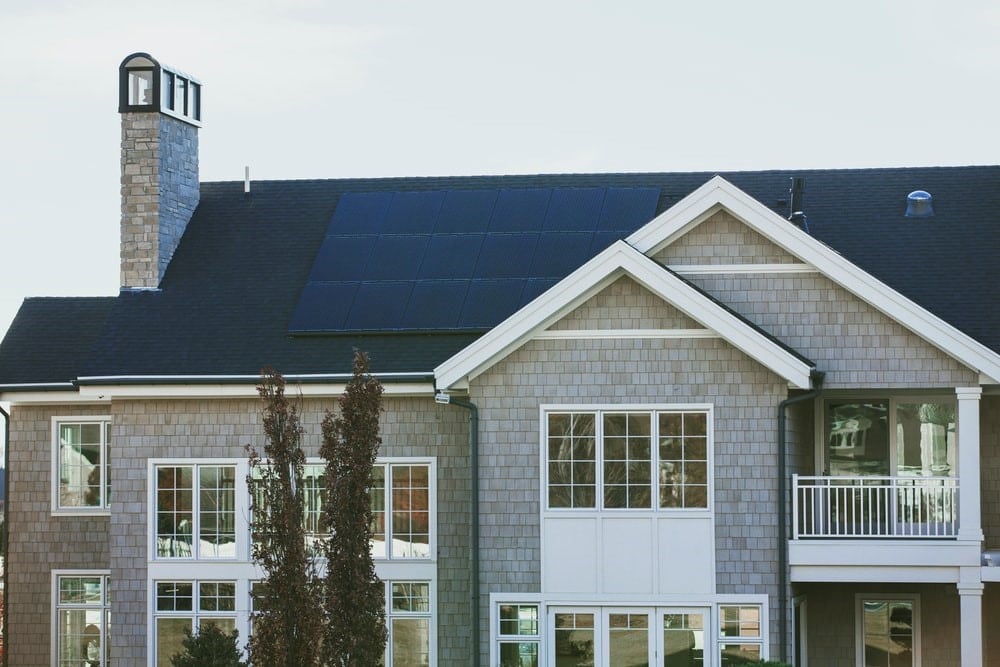
If you leave your rooftop solar panels unattended for too long, it is very likely that you’ll find an entire family of birds living beneath your system. While this may not seem like a problem to you, it can prove to be extremely detrimental to your system’s performance and health.
Reduced System Efficiency and Performance
The efficiency and performance of solar panels rely primarily on how well and clean they are kept. Even slight shading of the panels can lead to a considerable loss of system performance. To understand why this is so, you first need to know how solar panels work.
Solar panels have multiple solar PV cells connected in series and parallel fashion under the top protective glass layer. These cells convert the solar energy incident on them, in the form of sunlight, into electrical energy. Knowing this, it is clear that the performance of solar panels depends on how much sunlight is able to pass through the protective glass layer onto the solar cells.
When birds and animals nest under your solar panels, they can create quite a bit of mess under and above your rooftop solar panels in the form of droppings and garbage such as twigs and leaves that they bring in to build their nest.
The droppings and garbage that they might leave atop your solar panels can block out a considerable amount of sunlight. This directly leads to a loss of performance and efficiency of your system, which in turn leads to other disadvantages such as reduced ROI and greater reliance on grid energy.
Risk of Fire
Since solar panels work by harnessing energy from the incident sunlight, they tend to get a bit warm during the day. While manufacturers have designed solar panels to operate between 59 to 95 degrees Fahrenheit, records show that solar panels can get as hot as 169 degrees Fahrenheit.
Twigs, leaves, straw, and other debris that birds and animals may gather beneath your solar panels are very combustible. Combined with such a high temperature, these materials can easily catch fire. Such a disastrous event can destroy your system as well as damage your roof and, if not contained timely, other areas of your home.
Foul Smell and Noise
As discussed above, birds and animals can make an enormous mess under your system. Garbage, rotten food, dead animals, and not to forget, bird droppings are just some of the foul things that will gather up underneath your system over time.
What’s worse is that the mess will continue to grow and spread as long as the animals and birds live there. All in all, this can lead to a potent and unpleasant smell that can make its way into your home. Adding to the problem is the fact that birds can be very noisy and can ruin the peace and quiet of your home.
Damage Your Rooftop Solar Panels and Roof
Bird droppings are moderately acidic. These nasty substances contain uric acid, which can gradually eat through most building materials. This means that a bird or animal nesting under your system can lead to can potentially wear and corrode away your roof due to the sheer amount of droppings and other waste accumulated on it.
Furthermore, animals such as squirrels have a habit of chewing up wiring that connects the solar array; this will most certainly degrade the health and performance of your rooftop solar panels, requiring more frequent maintenance.
Frequently Asked Questions (FAQs)
How Do You Bird-Proof Rooftop Solar Panels?
There are various ways to do this, which include installing roof spikes, using wire mesh, installing plastic predators, and more. Detail about this is given above.
Can Smells Keep Birds Away from Roof?
Several smells can help repel birds. These include Cayenne Pepper, Garlic, and Peppermint Oil.
What is a Critter Guard?
Critter guards are metal screens used to prevent squirrels, rats, and other rodents from entering a particular space.
How Much Does It Cost to Bird-Proof Solar Panels?
The cost of animal and bird proofing depends on your system’s size, location, and installation. Generally, the cost can range from $200 to much over $1000.
Are Birds Attracted to Solar Panels?
The low protected shaded areas of the solar panels make for the perfecting nesting and resting spot for birds. As a result, birds are attracted to them.
Conclusion
Animals or birds nesting beneath your rooftop solar panels can damage your system and, in doing so, jeopardize your investment. The wide prevalence of this situation makes it essential that all homeowners with rooftop solar panels invest in the appropriate animal and bird-proofing measures. Doing so protects not only the performance and health of your system but also that of your roof.
The team at Solar Medix is ready to answer your questions and give you a no-obligation price quote. Feel free to call us at 732-785-4814 or book a consultation online. And we’ll get in touch within 24 hours.
